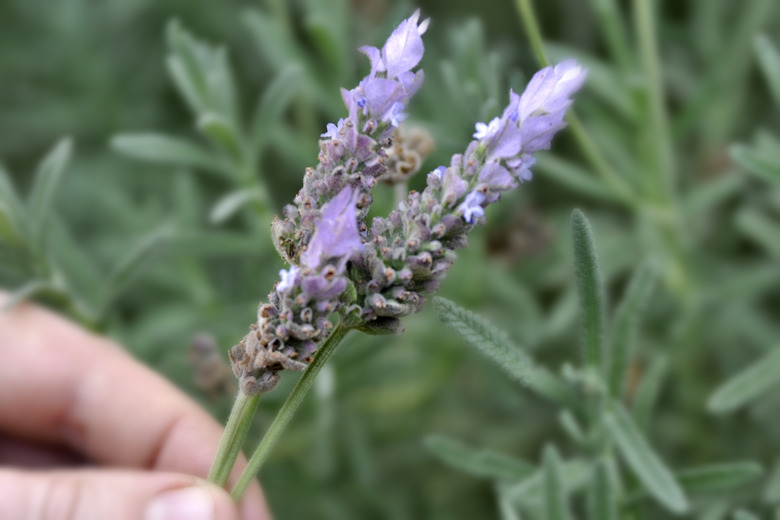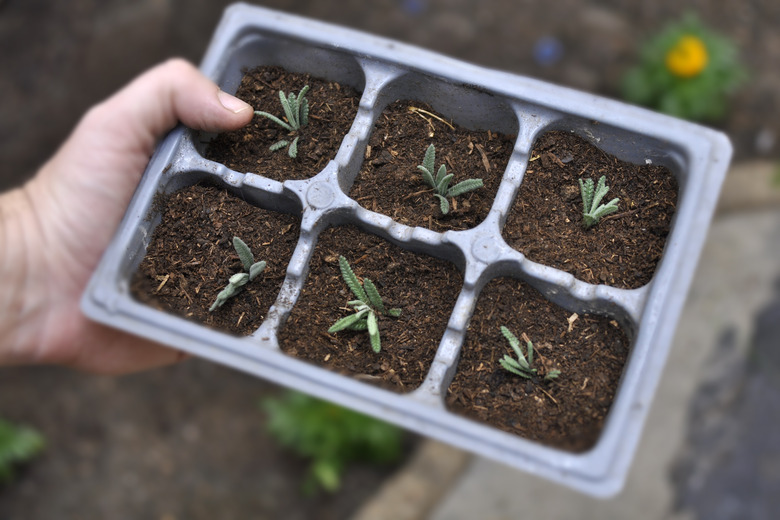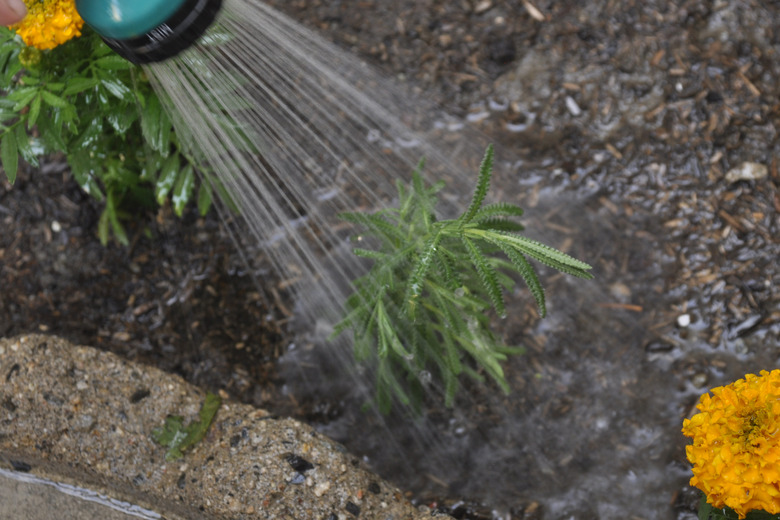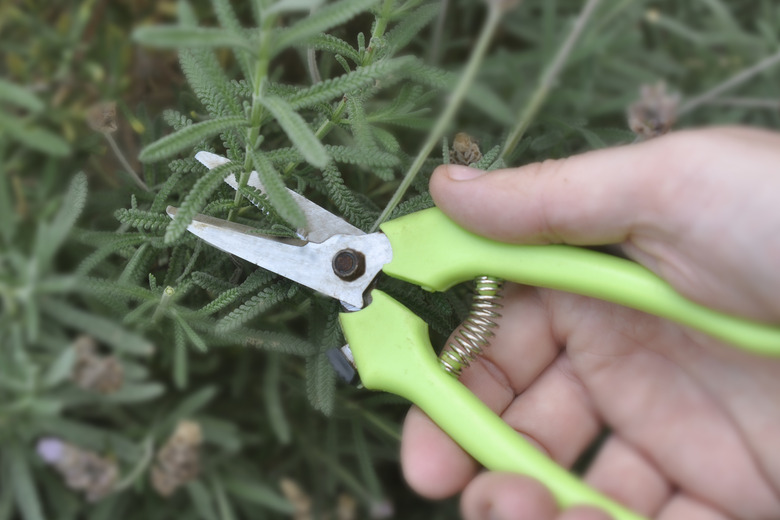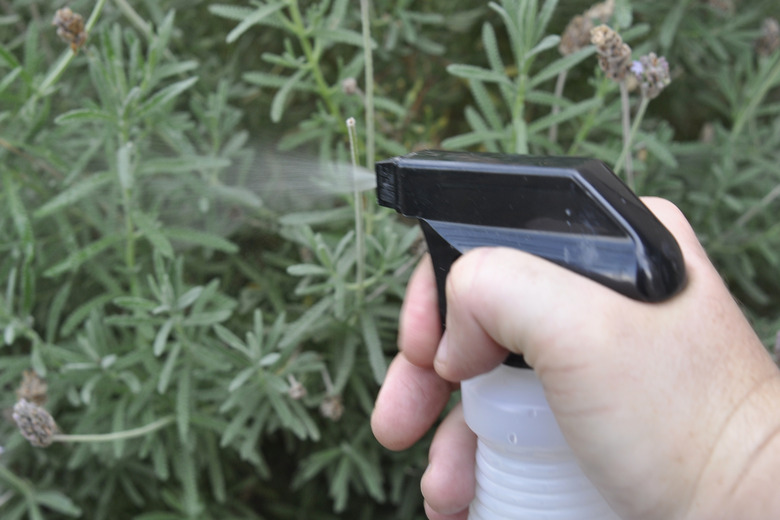Care Of Lavender Plants
Lavender is a perennial shrub that grows between 1 and 3 feet high and 2 to 4 feet in diameter. It produces violet and pink flowers that bloom during summer. Most varieties of lavender are evergreen, and produce a fragrant aroma. Lavender is native to the coast surrounding the Mediterranean Sea, and thrives in warm weather. It is easy to grow and will add color to any landscape.
Planting
Lavender must be planted in full sunlight. Even partial shade will inhibit the plant's growth. Plant lavender in alkaline soil with good drainage, preferably with a pH level between 6.4 and 8.2. The pH level of soil can be tested using an inexpensive kit purchased from lawn and garden stores. Plant lavender in early spring so it can establish itself before winter.
- Lavender is a perennial shrub that grows between 1 and 3 feet high and 2 to 4 feet in diameter.
- It is easy to grow and will add color to any landscape.
Lavender grown from seeds should spend its first three months in a cold frame or greenhouse. Barely cover the seeds with soil. Transfer the lavender to a more permanent home once the sprouts have emerged. Lavender grown from cuttings or divisions can easily be planted and grown with no special care.
Watering
Water newly planted lavender daily during spring months, until the roots are established. Only use enough water to dampen the soil. Reduce watering to once every seven to eight days during summer. Lavender is highly drought resistant and does not need much water. Reduce the amount of water given to lavender if the lower leaves begin to turn yellow and wilt. Increase watering to once daily if the temperature exceeds 90 degrees F.
- Lavender grown from seeds should spend its first three months in a cold frame or greenhouse.
Pruning
Prune lavender after the first bloom is over. Trim away all dead flowers with your fingers or pruning shears. This process, called "deadheading," will stimulate new flower growth and can cause the plant to bloom again. Prune away any woody stems that grow on the plant as well. Cut the lavender back to about 6 inches in height every two to three years to prevent it from becoming unkempt.
Pests and Diseases
Lavender is highly susceptible to infestations of the fourlined plant bug and root rot. Fourlined plant bugs feed on the chlorophyll in the leaves of the plant. They can be identified by their bright, greenish-yellow color with several black stripes along their backs. Insecticides should be used to control fourlined plant bugs. Alternatively, insecticidal soap is less toxic to the plant and can also be used to deter the predators.
- Prune lavender after the first bloom is over.
- Prune away any woody stems that grow on the plant as well.
Root rot is caused when lavender is planted in soil with low drainage, or is being overwatered. The roots of the plant slowly rot away until the plant eventually dies. Control root rot by limiting the amount of water used on the plant and ensuring the soil has high drainage. Add a small amount of crushed pumice to soil to increase drainage if necessary.
